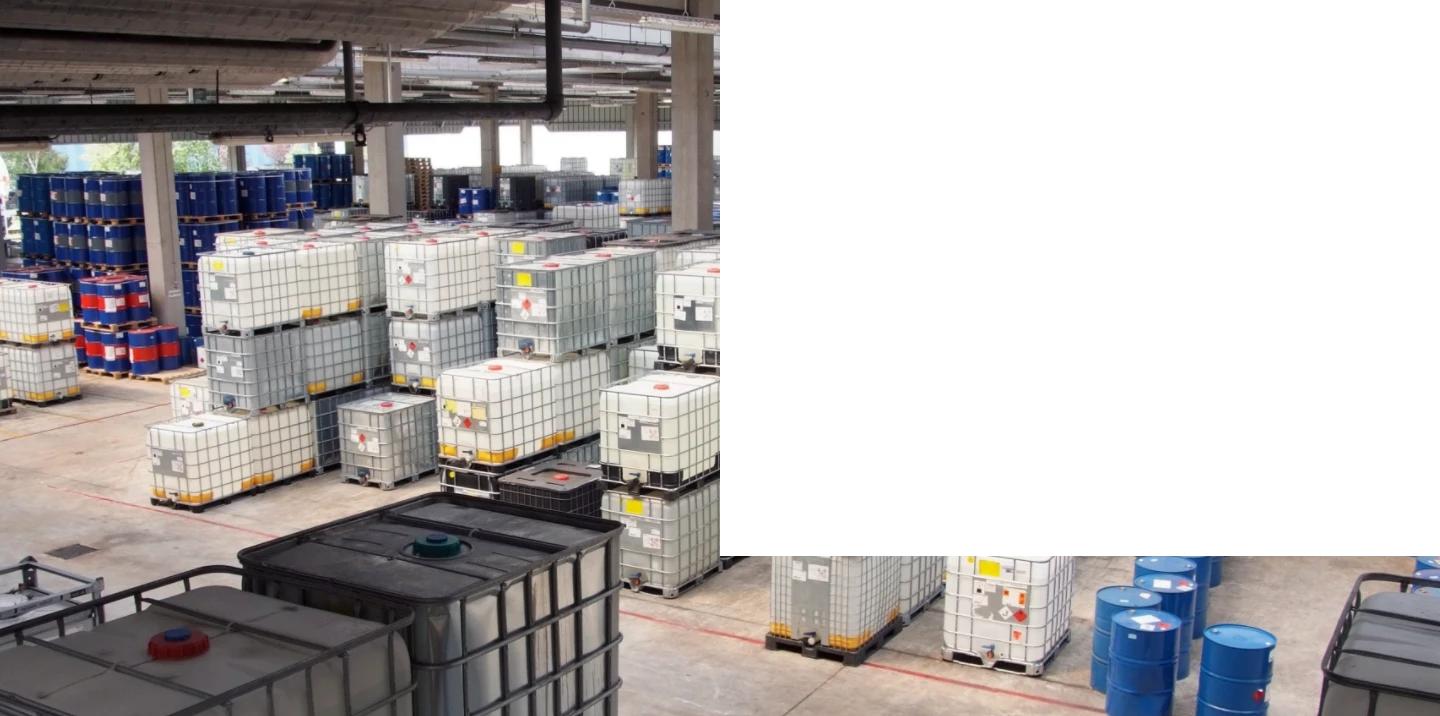



sodium chlorite 80 percent
Understanding Sodium Chlorite 80 Percent Applications, Safety, and Benefits
Sodium chlorite, a chemical compound with the formula NaClO₂, is widely recognized for its versatile applications in various industries. When specifically focused on sodium chlorite at an 80% concentration, we delve into its exceptional characteristics and uses, highlighting its role in disinfection, water treatment, and other innovative applications.
Chemical Properties and Characteristics
Sodium chlorite is a chlorite salt, primarily utilized for its oxidizing properties. It appears as a white to yellowish crystalline powder soluble in water. At an 80% concentration, sodium chlorite is considerably concentrated, making it a powerful agent for numerous applications. The relatively high concentration provides strong oxidative capabilities, which are crucial in many industrial processes.
Applications in Disinfection and Water Treatment
One of the most significant uses of sodium chlorite is in the realm of disinfection. The compound is employed extensively in healthcare settings for sanitizing surfaces and equipment, thereby minimizing the risk of infections. Hospitals use sodium chlorite solutions to clean and disinfect areas, as it effectively kills a broad spectrum of pathogens, including bacteria, viruses, and fungi.
In water treatment, sodium chlorite is used to produce chlorine dioxide, a potent disinfectant. This reaction occurs when sodium chlorite is combined with an activator, often an acid, transforming it into chlorine dioxide gas. Chlorine dioxide is instrumental in treating drinking water, wastewater, and recreational water, ensuring that it is safe for human consumption and use. The adoption of sodium chlorite as a primary chlorination method has increased due to its efficacy in removing biofilms and chlorine-resistant pathogens, thus promoting overall public health.
sodium chlorite 80 percent

Industrial and Agricultural Uses
Beyond its sanitizing properties, sodium chlorite also holds significant value in the industrial sector. It is utilized in the production of paper, where it serves as a bleaching agent. This usage is critical in maintaining the brightness and quality of paper products. Additionally, sodium chlorite finds applications in textile processing, where it helps in bleaching fabrics.
In agriculture, sodium chlorite can be employed to enhance soil sanitation and control pests. Its ability to eliminate harmful microorganisms enhances plant health and yields, contributing to sustainable farming practices.
Safety and Handling
While sodium chlorite has numerous advantages, it is important to approach high-concentration solutions with caution. Sodium chlorite is classified as a hazardous substance, and appropriate safety measures are crucial when handling it. Protective equipment, including gloves and goggles, should be used to prevent skin and eye contact. Proper ventilation is also necessary to avoid inhalation of any mists or vapors that may be produced during its use.
Conclusion
In conclusion, sodium chlorite at an 80% concentration is a powerful chemical with far-reaching applications across various fields, from healthcare to agriculture. Its effectiveness as a disinfectant and its role in water treatment make it a vital component in maintaining public health and safety. However, the handling of such a concentrated form demands respect and care to ensure safety for users and the environment. As industries continue to innovate and seek out more efficient methods, sodium chlorite will likely remain a staple due to its versatility and efficacy.
-
Why Sodium Persulfate Is Everywhere NowNewsJul.07,2025
-
Why Polyacrylamide Is in High DemandNewsJul.07,2025
-
Understanding Paint Chemicals and Their ApplicationsNewsJul.07,2025
-
Smart Use Of Mining ChemicalsNewsJul.07,2025
-
Practical Uses of Potassium MonopersulfateNewsJul.07,2025
-
Agrochemicals In Real FarmingNewsJul.07,2025
-
Sodium Chlorite Hot UsesNewsJul.01,2025










